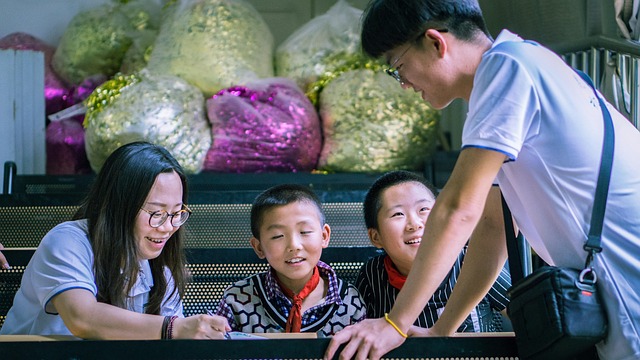
Revolutionizing Csapat Culture: The Science and Technology of Self-Check
Revolutionizing Csapat Culture: The Science and Technology of Self-Check
In the rapidly evolving landscape of the workplace, the concept of self-check has emerged as a transformative approach that radically enhances Csapat culture. The term “Csapat,” which embodies teamwork and collaboration, is becoming increasingly relevant as more organizations strive to cultivate a work environment where individuals can thrive both personally and collectively. But how does self-check fit into this vision?
The science of self-check lies in the understanding of human behavior and psychology. Research indicates that when individuals engage in self-reflection, they are better equipped to recognize their strengths and weaknesses. This self-awareness not only promotes personal growth but also fosters an environment of trust and empathy within teams. Imagine a workplace where every member is encouraged to assess their contributions regularly; the potential for innovation and success skyrockets.
Advancements in technology have also played a pivotal role in facilitating self-check practices. With the rise of digital tools and applications, employees can easily engage in self-assessment activities in real-time. For instance, platforms that allow for anonymous feedback and self-evaluations empower individuals to take charge of their development. By harnessing the power of data analytics, organizations can monitor patterns and improve approaches based on individual responses, creating a feedback-rich culture that evolves continually.
Moreover, integrating self-check practices can lead to a significant shift in workplace culture. Traditional hierarchies often stifle creativity, whereas a Csapat culture that embraces self-check encourages open dialogue and collective problem-solving. Employees feel valued when they are invited to participate in shaping their roles and responsibilities. This engagement is vital for employee satisfaction and retention, but it also primes teams for resilience as they learn to adapt to challenges together.
Furthermore, the implementation of structured self-check mechanisms can align individual goals with the broader objectives of the organization. When team members are aware of how their roles contribute to the overall mission, they are more likely to invest their time and energy into their tasks. This alignment becomes crucial in today’s fast-paced work environment, where adaptability and collaboration are key to sustained success.
In practice, organizations can incorporate various self-check strategies to revolutionize Csapat culture. Regular check-ins, peer reviews, and personal development plans can all serve to create a consistent rhythm of reflection. Importantly, teams must also be equipped with the right technological tools that facilitate this process, ensuring that everyone can easily participate in their own growth journey. By doing so, businesses not only enhance productivity but also build a more cohesive team environment.
In conclusion, the fusion of science and technology through self-check mechanisms can profoundly elevate the Csapat culture within organizations. By empowering individuals to actively reflect on their performance and contributions, companies foster a collaborative workplace where open communication and mutual respect thrive. The result is a resilient, innovative, and engaged workforce prepared to meet the challenges of tomorrow.


